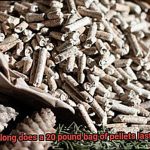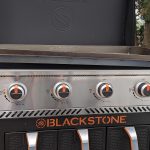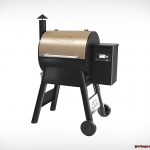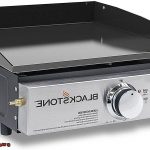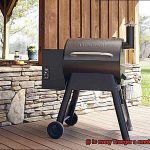Are you tired of the same old boring grill taste? It’s time to step up your game and try Traeger pellets. These pellets come in a variety of flavors, from sweet applewood to bold hickory, and promise to take your grilling experience to the next level. But the question is, do different Traeger pellets really make a difference?
The answer is a resounding yes. Traeger pellets are made from 100% natural hardwood with no fillers, binders or additives. This means that each pellet has its own unique flavor profile that will impart a distinct taste to your food. For example, applewood pellets are fruity and sweet while hickory pellets are smoky and bold. That’s why it’s important to choose the right pellet for your protein or vegetable and experiment with different flavors.
Traeger pellets not only add flavor but also affect the smoke and temperature of your grill. Some pellets burn hotter, creating a sear on meats, while others produce more smoke, infusing your food with a delicious smoky flavor. So not only do different Traeger pellets make a difference in taste but they also allow for more precision in your grilling technique.
In short, if you want to elevate your grilling experience and add some delicious, unique flavors to your food, give Traeger pellets a try. Experiment with different flavors until you find the perfect pairing for your next cookout.
Contents
What are Traeger Pellets?
If you’re looking to take your outdoor cooking game to the next level, you need to know about Traeger pellets. These small, uniform pellets are the fuel source for pellet grills, one of the most popular types of outdoor cooking appliances on the market. Traeger, in particular, is a well-known brand that not only produces pellet grills but also manufactures its own line of Traeger pellets.
So what sets Traeger pellets apart from other types of wood pellets? Well, for starters, they’re made from compressed sawdust sourced from hardwood trees like hickory, mesquite, oak, applewood, and cherry. This means they burn consistently and efficiently, providing a steady source of heat and smoke for your grill.
But what really makes Traeger pellets special is their variety of flavors and blends. Each type of pellet is made from a specific type of hardwood, giving it a unique flavor that can enhance or complement the taste of the food being cooked. For instance:
- Hickory pellets have a bold and smoky flavor that pairs well with beef or pork.
- Applewood pellets have a sweet and fruity flavor that complements poultry and fish.
- Cherry pellets offer a mild and fruity flavor that works with just about any type of meat or vegetable.
But the flavor options don’t stop there. Traeger offers a wide range of blends that combine different types of hardwood for even more complex flavors. Plus, Traeger pellets are all-natural and free from harmful chemicals or additives.
Using Traeger pellets has another significant advantage over gas grills: they provide a clean and natural flavor to the food being cooked. Unlike gas grills that can leave a metallic taste in your mouth, Traeger pellets infuse a smoky flavor that enhances the taste of the meat or vegetables being grilled.
Finally, it’s worth noting that different Traeger pellets can affect the smoke output and temperature of your grill. Some pellets burn hotter than others, which can impact cooking time and temperature control. It’s important to choose the right pellets for the type of food being cooked and desired cooking method.
Types of Traeger Pellets
Traeger pellets are known for their quality and variety, and choosing the right type can make a big difference in your grilling game.
Let’s dive into the different types of Traeger pellets available. First up, hickory pellets offer a classic smoky flavor that pairs well with beef, pork, and poultry. For a bold and intense taste, mesquite pellets are the perfect choice. They burn hot and fast, making them ideal for short cooking times.
If you prefer something sweet and fruity, apple pellets are an excellent option. They provide a mild and sweet flavor that complements pork and poultry dishes. Cherry pellets offer a slightly tart taste that pairs well with pork, poultry, and even seafood.
For something more delicate and sweet, maple pellets are your best bet. They burn slowly, making them perfect for longer cooking times. Lastly, oak pellets offer a mild and versatile flavor that can be used for almost any type of meat or vegetable.
It’s crucial to choose the right type of Traeger pellet based on the dish being prepared. Mixing different types of pellets is also an option to create unique flavors. Experimenting with different types of Traeger pellets can add new dimensions to your grilling experience and take your dishes to the next level.
How do Different Pellet Types Affect the Flavor?
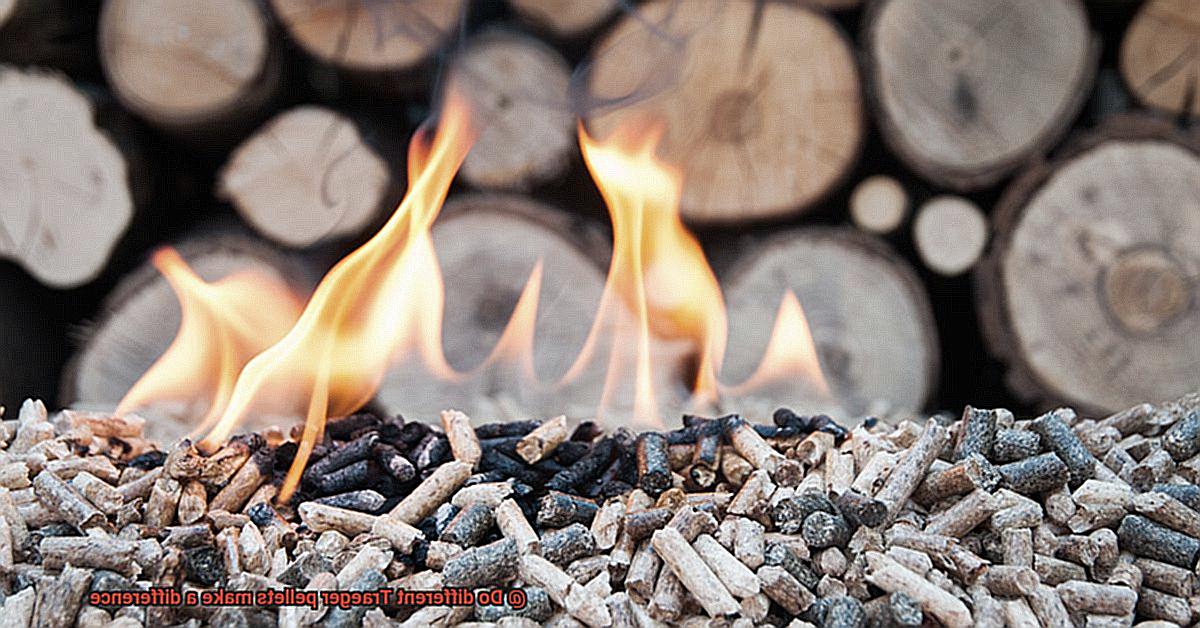
Grilling is not just about cooking food; it’s about creating a unique experience of flavors and aromas. One way to enhance the flavor of grilled food is by using different types of wood pellets. Traeger offers a range of pellet flavors that can add distinct tastes and aromas to your dishes, including hickory, mesquite, apple, cherry, and oak. In this article, we will explore how different pellet types affect the flavor of grilled food.
Hickory Pellets: Bold and Smoky
Hickory pellets are the go-to choice for those who love bold and smoky flavors. With a strong aroma, hickory pellets are perfect for smoking meats like ribs, brisket, and pork shoulder. The strong flavor of hickory pellets pairs well with beef or pork dishes, giving them a rich and robust taste.
Mesquite Pellets: Strong and Robust
Mesquite pellets have an even stronger smoky flavor than hickory pellets. They are often used for grilling beef and other red meats due to their bold and robust taste. If you’re looking for authentic Texan-style barbecue flavors, mesquite pellets are the way to go.
Fruitwood Pellets: Milder and Sweeter
Fruitwood pellets like apple and cherry have a milder and sweeter flavor that adds a subtle sweetness to your dishes. They pair well with poultry, pork, and fish dishes, providing them with a fruity aroma that complements their natural flavors. Traeger’s applewood pellets offer a sweet, fruity flavor that complements salmon or vegetables.
Oak Pellets: Versatile Option
Oak pellets are a versatile option that can be used for grilling or smoking a variety of meats. With a mild flavor that won’t overpower the taste of the food being cooked, oak pellets are perfect for those who prefer subtler flavors.
Type of Food Being Cooked
The type of food being cooked is another factor to consider when selecting pellet types. Certain pellet types may be better suited for certain types of meat or vegetables than others. For example, Traeger’s cherrywood pellets are perfect for grilling chicken or pork due to their milder, sweet flavor that enhances the taste of these meats.
Quality of Pellets
While the type of pellet used is important, it’s equally crucial to consider the quality of the pellets. Lower-quality pellets may contain fillers or additives that can impact the taste and aroma of the food being grilled. It’s recommended to use high-quality wood pellets that are free from any harmful chemicals or additives to ensure the best possible taste and aroma.
The Benefits of Using Different Traeger Pellets
Each pellet is made from a specific type of wood with a unique flavor profile that can infuse your dishes with depth and complexity.
For those who love bold, smoky flavors, hickory pellets are perfect. Applewood pellets work wonders with poultry and pork, lending a sweet and mild flavor. If you’re grilling beef or wild game, mesquite pellets are ideal for their intense smokiness. Cherry pellets add a subtle sweetness that can take your dishes to the next level.
But the benefits of using different Traeger pellets don’t end there. By mixing different types of pellets, you can experiment with cooking techniques and achieve varying textures and colors in your meat. A blend of oak and hickory pellets creates a complex and layered smoky flavor, while applewood and pecan pellets combine to create a delectable smoky-sweet taste that’s perfect for ribs or pulled pork.
Using different Traeger pellets also allows you to add character to your dishes’ color and texture. Mesquite pellets give meat a dark, rich hue while cherry pellets provide it with a lighter, reddish tint.
Temperature Control with Different Pellet Types
Well, one essential factor to consider is the choice of pellets you use. Your choice of Traeger pellets can significantly affect temperature control when grilling.
Different Traeger pellets are made from various hardwoods such as hickory, maple, or applewood. These woods have distinct flavors that can enhance or complement the flavor of your food. However, they also burn at different rates and temperatures. For instance, hardwood pellets like hickory and oak burn at higher temperatures and provide an intense smoke flavor compared to fruitwood pellets like apple or cherry.
Choosing the right pellet type for your desired cooking temperature is essential. For high-temperature cooking, hardwood pellets are a better choice as they produce more heat and burn faster. On the other hand, for smoking food over an extended period, fruitwood pellets may be a better option as they burn slower and produce less heat.
It’s crucial to note that the type of grill being used can impact temperature control with different pellet types. Some Traeger grills have advanced temperature control systems that allow for precise temperature adjustments. Therefore, even when using a pellet type that burns hotter or cooler than your desired temperature, you can achieve the heat you need by adjusting your grill’s settings.
The quality of pellets used also affects temperature control. Lower-quality pellets tend to contain more dust and debris that can clog your grill’s auger and affect temperature control. Therefore, always choose high-quality Traeger pellets made from pure hardwood with minimal additives.
How to Choose the Right Pellet Type for Your Food?
Grilling with Traeger pellets can be a game-changer for your next backyard barbecue. Traeger offers a wide range of pellet flavors, from classic hickory and mesquite to unique fruitwood flavors like apple and cherry. But with so many options available, how do you choose the right pellet type for your food? Here are five sub-sections to help guide you in selecting the perfect pellet type for your next grilling adventure.
Consider Your Meat or Vegetable
The type of meat or vegetable you’ll be grilling should be the first factor to consider when choosing the right pellet type. Different pellets pair better with specific proteins or vegetables. For example, hickory pellets are perfect for smoking beef and pork, while mesquite pellets are best for grilling steak. If you’re smoking chicken or fish, apple pellets are a great choice, while cherry pellets are perfect for pork and ham.
Intensity of Flavor
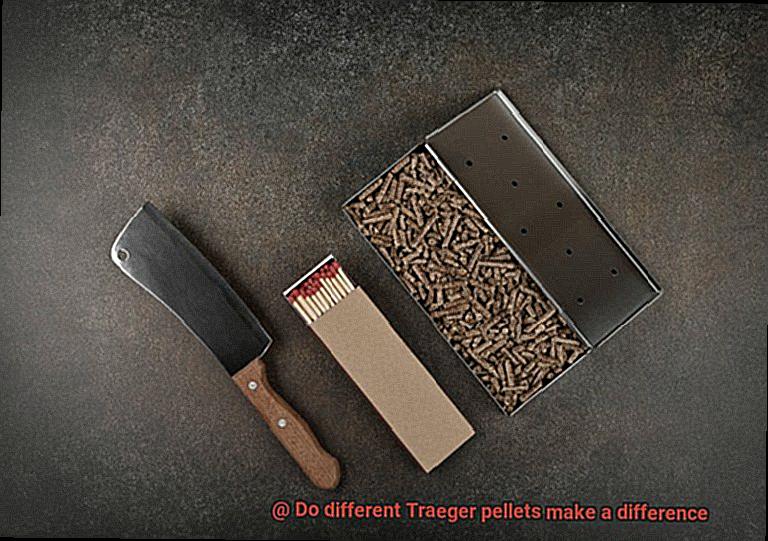
The level of intensity in flavor is another crucial factor to consider when selecting the right pellet type. Traeger offers two main categories of pellets: hardwood and fruitwood. Hardwood pellets like Hickory and Mesquite have a stronger, smokier flavor, while fruitwood pellets like Apple and Cherry have a milder, sweeter flavor. If you prefer a milder flavor, opt for fruitwood pellets like apple or peach. On the other hand, if you want a stronger flavor profile, go for classic wood pellets like hickory or oak.
Cooking Temperature
Different pellet types burn at different temperatures, so it’s essential to choose the right one that matches your desired cooking temperature. Oak pellets burn hotter than fruitwood pellets, making them perfect for high-temperature grilling. Knowing your desired cooking temperature is crucial in selecting the right pellet type.
Experiment with Different Pellet Types
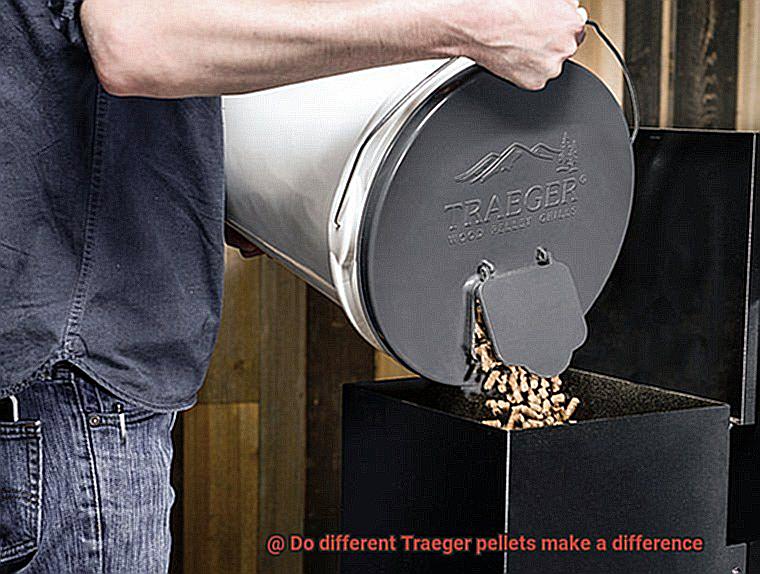
Don’t be afraid to experiment with different pellet types to find your favorite flavor profile. Mixing and matching different pellet types can create unique and delicious flavors that will elevate your grilled and smoked dishes. With so many options available from Traeger, the possibilities for delicious combinations are endless.
Traeger Pellets are 100% Natural
Finally, it’s essential to note that Traeger pellets are made from 100% natural wood and do not contain any fillers or binding agents. This means that the type of wood used in the pellets can affect the burn time and temperature of your grill. For example, Oak pellets may burn hotter and longer than Cherry pellets. Knowing this information can help you choose the right pellet type for your desired cooking method.
Experimenting with Different Pellet Types
Look no further than experimenting with different Traeger pellet types. Traeger pellets are made from different types of hardwoods, each with its unique flavor and aroma. By trying out different pellet types, you can discover the perfect flavor combination for your grilling experience. Here are some tips to get you started:
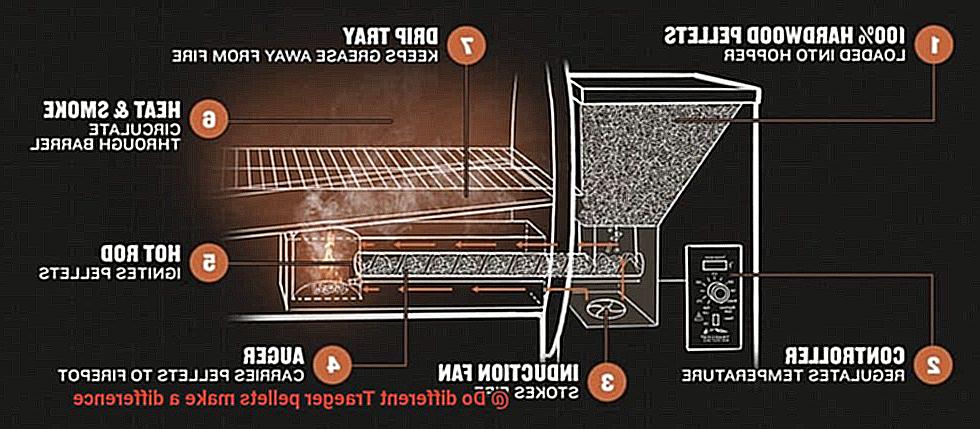
Conduct a Side-by-Side Comparison
To truly understand the impact of different pellet types, grill or smoke the same type of meat using different pellets. For example, you could grill two identical steaks using hickory pellets for one and apple for the other. This will give you a side-by-side comparison of the flavors and aromas produced by each pellet type. You may be surprised at how much difference a simple change in pellet type can make.
Consider Flavor Intensity
Different pellet types produce varying levels of flavor intensity. Some pellets, like mesquite, produce a strong and bold flavor that may overpower certain meats. On the other hand, fruitwood pellets like cherry or apple can provide a more subtle and sweet taste that complements lighter meats like chicken or fish. Consider which flavor intensity works best for the type of meat or dish you are grilling.
Take Cooking Temperature and Time into Account
To achieve optimal results, follow Traeger’s recommended cooking guidelines for each pellet type. Some pellets burn hotter than others, which can impact how quickly your food cooks. Additionally, certain pellet types may burn faster or slower than others, affecting overall cook time. By taking these factors into account, you can ensure that your food is cooked perfectly every time.
Experiment with Different Dishes
In addition to testing different pellets on the same cut of meat, try using them in different dishes to see which ones work best together. For example, you might use hickory pellets for ribs and mesquite pellets for chicken. This allows you to explore which pellets work best for which types of meat or dishes. Don’t be afraid to get creative and try new flavor combinations.
Have Fun and Enjoy the Process
Lastly, remember that grilling should be a fun and enjoyable experience. Trying out new flavors and combinations can be a fun way to elevate your grilling game and discover new favorites. So don’t be afraid to experiment and have fun with it.
oXXiOa_gIFM” >
Conclusion
In conclusion, Traeger pellets are the secret ingredient to take your grilling game to the next level. These pellets come in a variety of flavors and blends, all made from 100% natural hardwood that imparts unique taste profiles to your food. Not only do they add flavor, but they also affect smoke and temperature control for perfect results every time.
From bold and smoky to mild and fruity, there is a pellet type for every dish. Experimenting with different pellet types can lead to exciting new flavor combinations. Conduct side-by-side comparisons, consider flavor intensity, cooking temperature and time, and try out different dishes to discover the perfect pairing for your next cookout.
It’s crucial to note that not all pellets are created equal. Always choose high-quality Traeger pellets made from pure hardwood with minimal additives for optimal taste and aroma.
Overall, using different Traeger pellets can make a significant difference in the taste and texture of your grilled or smoked dishes.


